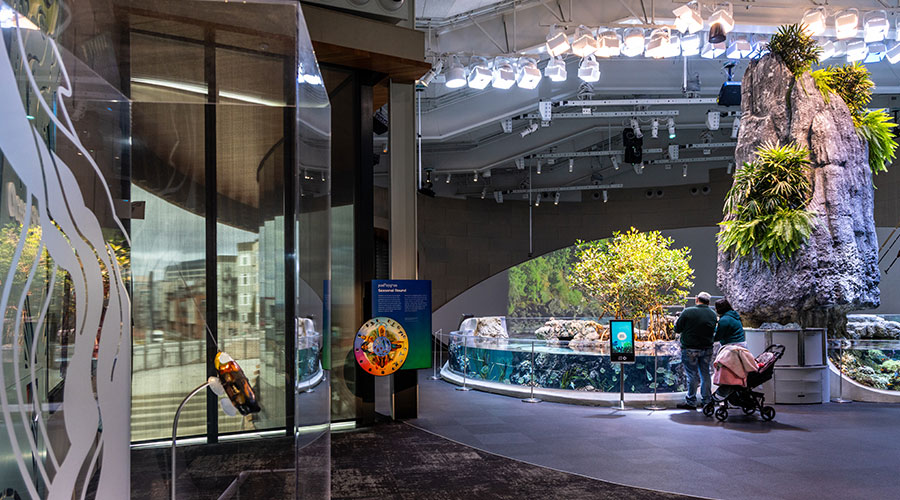Outdoor Lighting Strategy Can Balance Safety, Security and Environmental Stewardship
For an area to be as safe and secure as it can be, as much light as possible must be shining on that area — or so conventional thinking goes. Safety, security and environmental friendliness are not often concepts used together when the discussion centers around outdoor lighting.
For most facility managers, safety and security will always trump being green, but those goals aren't mutually exclusive. At least when it comes to outdoor lighting, the key in balancing the three is to know what the safety and security goals are for a project and how those goals may affect the environment, then taking steps to minimize the impact on the environment. With that approach, facility managers can provide a well-lit, secure area while still being green.
"Safety, security and the environment don't necessarily work against each other," says Helen Diemer, principal and president of The Lighting Practice. "I think it's all about the execution in terms of how you create the safe environment and what choices you make for it to be low impact on the environment. For me, it's starting with the big idea. What are you trying to accomplish? What environment are you trying to create? What are the right tools to do that? What is the right light to do that?"
Understanding all the components that are involved in safety, security and the environment, including the design of the lighting and its role in an entire project, is paramount, says David Aggleton, president of Aggleton & Associates Inc. "It's a matter of understanding the features and doing a design that will incorporate the best features," he says. "The three are not necessarily incompatible."
Safety, Security Have Different Needs
Although safety and security are typically discussed in the same thought, security experts caution that, from the outset of a lighting project, building owners and managers should be aware that they are, for the most part, two different issues.
Lighting a surface that people are walking on so that they don't trip and fall is a safety issue, one in which the luminaries are angled so that the light is shining vertically onto a horizontal plane. From a security standpoint, however, the individual on the horizontal plane wants to see the face of an approaching person. Light shining straight down may cause glare, making it difficult to see that individual. To eliminate the glare, the light needs to be diffused, something that's not necessarily needed for safety, Aggleton says.
"It's a balancing act; it's a compromise," he says. "If you have a pothole and someone trips and falls and sues, it may cost you more than someone getting robbed because, while it's fine in terms of security, it may not be in terms of safety."
David R. Duda, an associate partner with Newcombe & Boyd, says that humans need about 30 feet between themselves and potential adversaries in order to have enough time to react. That, he says, is different than trying to prevent people from tripping and falling. "Basically, we try to light an area that's 30 feet around a person," he says. "Our standards are based on that, so that's our goal, to make people aware of their surroundings. It's situational awareness."
No matter whether the focus is safety or security, a uniform level of light should be maintained, experts say. Uniformity is at least as important as the number of footcandles because the human eye can adjust to low light if it's uniform. If lighting fixtures are too widely spread in a parking lot, for example, an individual will go from light spots to dark spots and back to light spots, making it difficult for the eye to adjust, Aggleton says.
"You want uniformity, not shadows or bright spots and dark spots," says David L. Salmon, a senior advisor with OSS Law Enforcement Advisors.
Having uniformity, Aggleton says, gives individuals a greater sense of security because there aren't as many places where someone could hide and surprise the person.
Related Topics:














